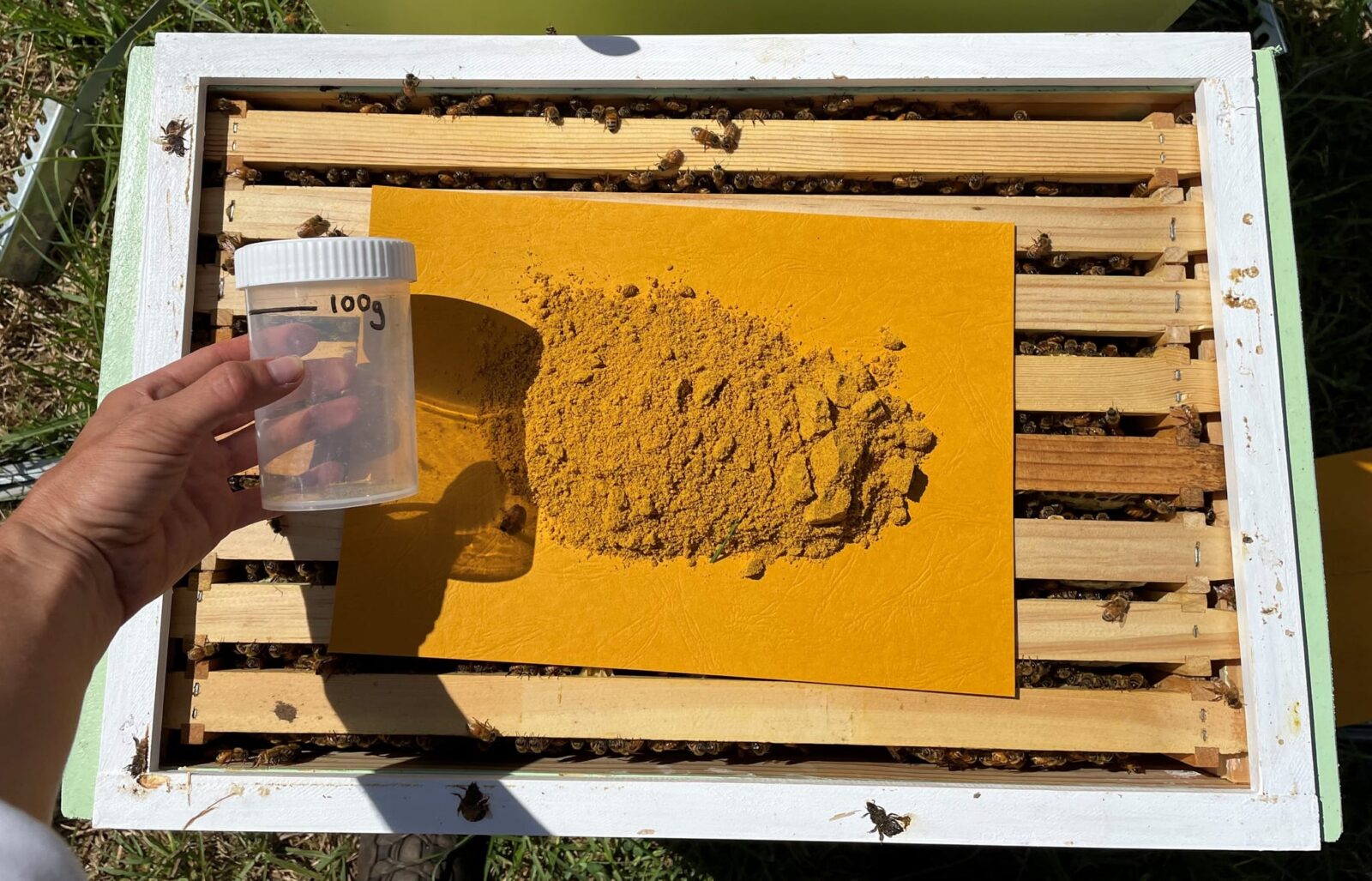How Isabelle Duff aims to drive genetic innovation in agriculture
 HONEY BEE & POLLINATION / Friday, 29 September 2023
HONEY BEE & POLLINATION / Friday, 29 September 2023
Supplementary feeding of honey bees in the spotlight

Cost-effective feeding strategies to support hive health and productivity could strengthen industry resilience
Supplementary feeding of bees could make Australian beekeepers more resilient to extreme climatic events, such as fire, drought or floods.
During such events, insufficient floral resources and knowledge gaps around the most effective and economic supplementary feeding practices to manage vulnerable hives leave beekeepers under pressure protect their hives and their livelihoods. Additionally, increasing demand for high-quality pollination services can be difficult under sub-optimal conditions where floral resources are limiting.
NSW Department of Primary Industries researcher, Dr Madlen Kratz is leading a four-year project, funded by the AgriFutures Honey Bee & Pollination Program, which aims to identify feeding strategies Australian beekeepers can integrate into their business to support hives through nectar and/or pollen dearth periods, and build hive strength for pollination and honey production. The project team aims to improve both colony and business performance through strategic supplementary feeding recommendations.
“Not only are our floral resources becoming ever less predictable, beekeepers have been struggling through drought, bushfires, floods and escalating diesel prices, making shifting bees more expensive than ever,” Madlen said.
“The need for pollination services is also increasing at a fast rate, making supplementary feeding a more important management tool than ever before.”
The field-based research is being carried out with 50 experimental production hives and 20 support hives based at an apiary site two hours from Tocal Agricultural College in northern NSW.
“We initially established the apiary at the Agricultural College at Tocal, but the apiary was impacted by the June 2022 varroa mite incursion across NSW and all honey bee colonies had to be destroyed,” Madlen said.
“We felt the loss of our DPI research hives at Tocal along with many other beekeepers affected in the eradication zone, but we are now up and running with a newly established apiary.
The project team prepared a new apiary in the General Biosecurity Zone (blue zone) about two hours from the original site and welcomed the new bee colonies onto the site in mid-January 2023.
Two days after dropping off the hives at the new apiary site, Madlen and her team gave the bees their first sugar syrup feed to stimulate the colonies after their stressful relocation.
“The bees also appreciated the sugar syrup for building up the bare-wax foundation frames after being transferred from a nucleus hive into their new eight-frame boxes,” she said.
Madlen and her team will continue to supplementary feed the experimental hives with sugar syrup and pollen (fed at different amounts and intervals) over coming months and will monitor consumption, effect on colony productivity and health status (e.g. the presence of diseases such as chalkbrood and nosema).
“Our goals until the end of this season are to build the hives with plenty of stores to be overwintered successfully and ready to go for next spring,” Madlen said.
Strategies for production and profit
The project will assess strategies to stimulate hives to increase colony strength and health, and to support honey production and crop pollination. Analysis will focus on measuring the effects on hive health and productivity of feeding bees different volumes of supplements, at varied frequencies and (for sugar syrup only) concentrations. Measures of health and productivity include:
- colony growth (strength)
- honey production (during a nectar flow)
- pollen collection (when pollen is abundant)
- disease status
“We are looking into using sugar syrup and pollen as a supplement to stimulate and build colonies for production, but also to maintain hives during dearth periods, and will be manipulating how much and how often we feed,” Madlen said.
Hives have been manipulated to a similar strength (amount of brood and bees), provided with sister queens and assigned to different treatment groups, which will have their own quantity of feed, frequency of feeding (time interval) and sugar concentration strategies.
“All the queens from the experimental colonies are sisters and were mated in the same apiary, which means they are as closely related as possible in an open-mated yard,” Madlen explained.
“This allows us to reduce the impact of an additional variable — genetics — which could potentially influence the results of the study, and provides us with a clearer picture of the effect of supplementary feeding.
“And all our hives are fed individually with top sugar feeders, so we know exactly how much each hive is being fed from our different treatment groups and we can measure how much feed each hive consumes.
“We will also analyse honey samples to assess the risk of sugar syrup contaminating honey extracted from a hive that has been supplementary fed.”
All eight-frame hives are fitted with bottom-board pollen traps, which were custom designed based on pollen traps commonly used by commercial beekeepers in WA to collect Eucalyptus pollen from species such as Jarrah (Eucalyptus marginata) and a Corymbia species — Marri (Corymbia calophylla).
“In this project the pollen traps will allow us to monitor the quantity of incoming pollen and the diversity, but will also help us to manipulate how much pollen the bees will have access to,” Madlen said.
“In other words we can mimic ‘poor pollen conditions’ and study the benefits of supplementary feeding protein.
Proven strategies under Australian conditions
Madlen is excited about the prospect of offering beekeepers access to tested feeding strategies under Australian conditions. She believes the outcomes will be relevant for beekeepers who prepare hives for pollination services as well as those more focussed on honey production.
“We want to give beekeepers the tools to integrate feeding strategies to better manage their hives through times of nectar or pollen shortages, and stimulate hives for increased productivity and health,” she said.
“Ultimately, better management leads not only to healthy hives, but also healthy profits.”
The team will also collect data on the financial costs and benefits associated with supplementary feeding practices.
“The project involves a cost-benefit analysis, which beekeepers can use as a guideline for their own business to make more informed financial decisions by being aware of costs and benefits associated with supplementary feeding, better plan for sub-optimal conditions, and recover faster from dearth periods,” Madlen said.
At the industry level, improved management practices and hive health will lead to greater resilience to extreme weather events and dearth periods, and will help meet crop pollination needs, which beyond individual businesses has a major impact on Australia’s economy.
Read more about the project
Keep up to date with the latest research, events and program activities by subscribing to the AgriFutures Honey Bee & Pollination Program mailing list
Latest News
-
How Isabelle Duff aims to drive genetic innovation in agriculture WORKFORCE AND LEADERSHIP / 29.09.23
WORKFORCE AND LEADERSHIP / 29.09.23 -
AgriFutures Australia welcomes new Chairman CORPORATE / 29.09.23
CORPORATE / 29.09.23 -
Protecting Australia's beekeeping future through smart traceability HONEY BEE & POLLINATION / 29.09.23
HONEY BEE & POLLINATION / 29.09.23 -
Meet your future agronomists: The five Horizon Scholars getting a career head start WORKFORCE AND LEADERSHIP / 29.09.23
WORKFORCE AND LEADERSHIP / 29.09.23






